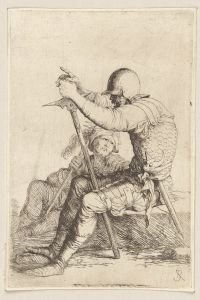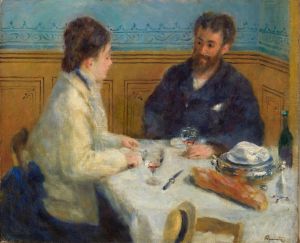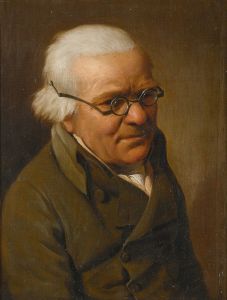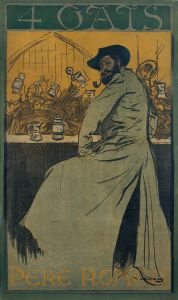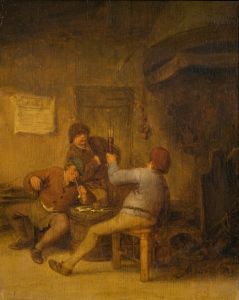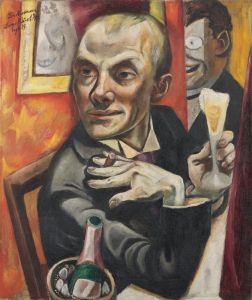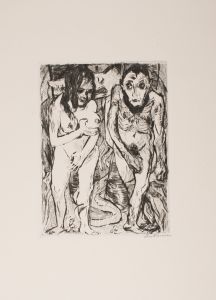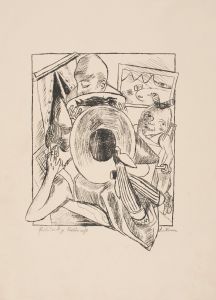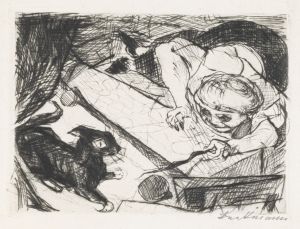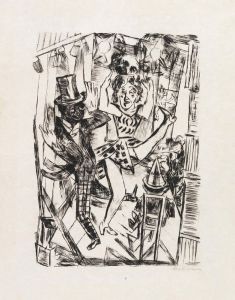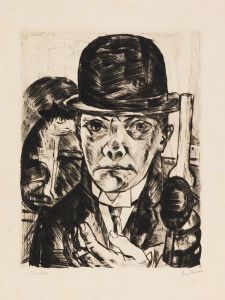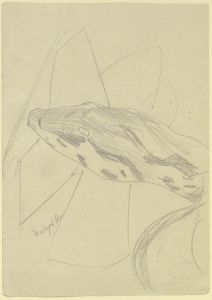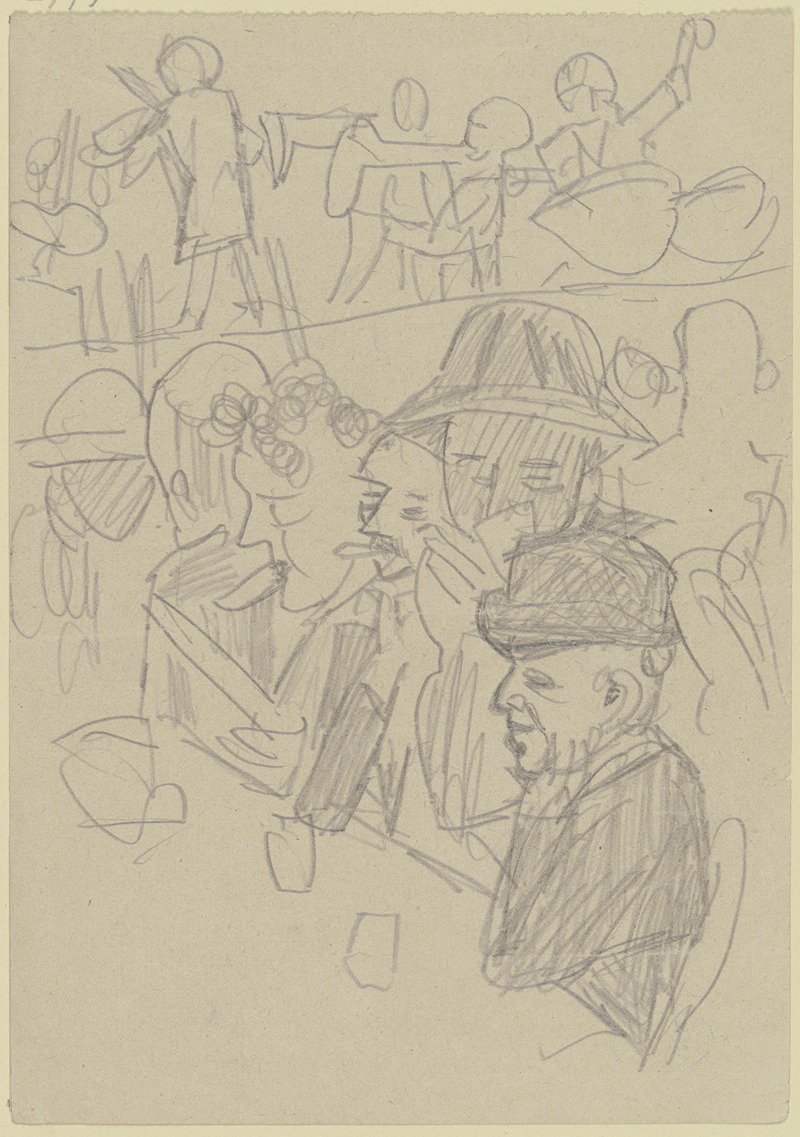
Männer an einem Tisch mit Gläsern, im Hintergrund eine Musikkapelle
A hand-painted replica of Max Beckmann’s masterpiece Männer an einem Tisch mit Gläsern, im Hintergrund eine Musikkapelle, meticulously crafted by professional artists to capture the true essence of the original. Each piece is created with museum-quality canvas and rare mineral pigments, carefully painted by experienced artists with delicate brushstrokes and rich, layered colors to perfectly recreate the texture of the original artwork. Unlike machine-printed reproductions, this hand-painted version brings the painting to life, infused with the artist’s emotions and skill in every stroke. Whether for personal collection or home decoration, it instantly elevates the artistic atmosphere of any space.
Max Beckmann, a prominent German painter and printmaker, created the painting "Männer an einem Tisch mit Gläsern, im Hintergrund eine Musikkapelle" (translated as "Men at a Table with Glasses, with a Band in the Background") during a period marked by significant personal and societal upheaval. Beckmann, born in 1884 in Leipzig, Germany, is often associated with the New Objectivity movement, which emerged in the Weimar Republic as a reaction against expressionism. His works are known for their complex compositions, vivid colors, and often somber themes reflecting the turbulent times in which he lived.
The painting "Männer an einem Tisch mit Gläsern, im Hintergrund eine Musikkapelle" is a testament to Beckmann's distinctive style and thematic concerns. It depicts a group of men seated around a table, with glasses in front of them, suggesting a social gathering or meeting. In the background, a musical band can be seen, adding a layer of cultural context to the scene. This composition is typical of Beckmann's work, which often includes multiple figures and intricate backgrounds that invite viewers to explore the relationships and narratives within the painting.
Beckmann's art was deeply influenced by the events of his time, including World War I, the rise of the Nazi regime, and his subsequent exile. His experiences during World War I, where he served as a medical orderly, profoundly affected his worldview and artistic output. The trauma and chaos of the war are often reflected in the tense and sometimes unsettling atmosphere of his paintings.
In the 1920s, Beckmann became associated with the New Objectivity movement, which sought to present a more realistic and socially engaged form of art. This movement was characterized by a focus on the harsh realities of life, often depicting scenes of urban life, social issues, and the human condition with a critical eye. Beckmann's work from this period often features complex compositions and a sense of psychological depth, as seen in "Männer an einem Tisch mit Gläsern, im Hintergrund eine Musikkapelle."
The painting also reflects Beckmann's interest in the interplay between individuals and their environments. The presence of the musical band in the background suggests a connection between the personal and the cultural, a theme that Beckmann frequently explored. Music, in particular, was a recurring motif in his work, symbolizing both harmony and discord, and serving as a metaphor for the broader societal dynamics of his time.
Beckmann's career was significantly impacted by the rise of the Nazi regime in Germany. In 1933, his work was labeled "degenerate" by the Nazis, and he was dismissed from his teaching position at the Städel Art School in Frankfurt. This led to his self-imposed exile, first to the Netherlands and later to the United States, where he continued to paint until his death in 1950.
"Männer an einem Tisch mit Gläsern, im Hintergrund eine Musikkapelle" exemplifies Beckmann's ability to capture the complexities of human interaction and the social milieu of his era. Through his use of bold colors, dynamic compositions, and layered symbolism, Beckmann invites viewers to engage with the multifaceted narratives within his work, reflecting both personal and collective experiences.





